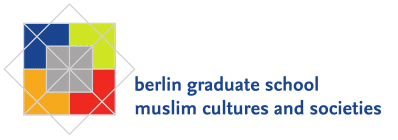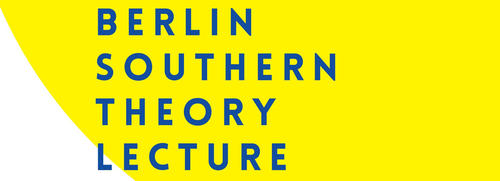Lab hands and knowing toxic substances in Uganda
Sandra Calkins – 2020
How does one know a toxic substance? Perhaps paradoxically, through contact with it, as I show ethnographically from a molecular biology laboratory in Uganda, a site where people routinely handle a range of chemicals, including potentially hazardous toxicants. I analyse an everyday situation in which researchers worked with ethidium bromide, a substance regularly used to stain DNA bands in gels at this Ugandan lab but also in many comparable labs elsewhere. Ethidium bromide is one of the most fear-inspiring chemicals at this lab; it is considered a potent mutagen and thus counts as highly carcinogenic. While the lab has clear safety procedures concerning how to handle this substance correctly, these are often not implemented in a hard-to-control lab setting marked by both material deprivation and a steady flow of unremunerated volunteers who seek to gain practical experience. I show how experienced Ugandan scientists have learned to mitigate their own risk of exposure to ethidium bromide by developing choreographed routines that prevent them from inadvertently touching it. I examine this as a way of ‘handling’ a dangerous substance, developing and habituating skilled movements of hands and bodies that then are passed on to other researchers. It is not an abstract knowledge of a substance's chemical properties that counts here; instead, knowing a toxic substance implies practical routines of handling.


